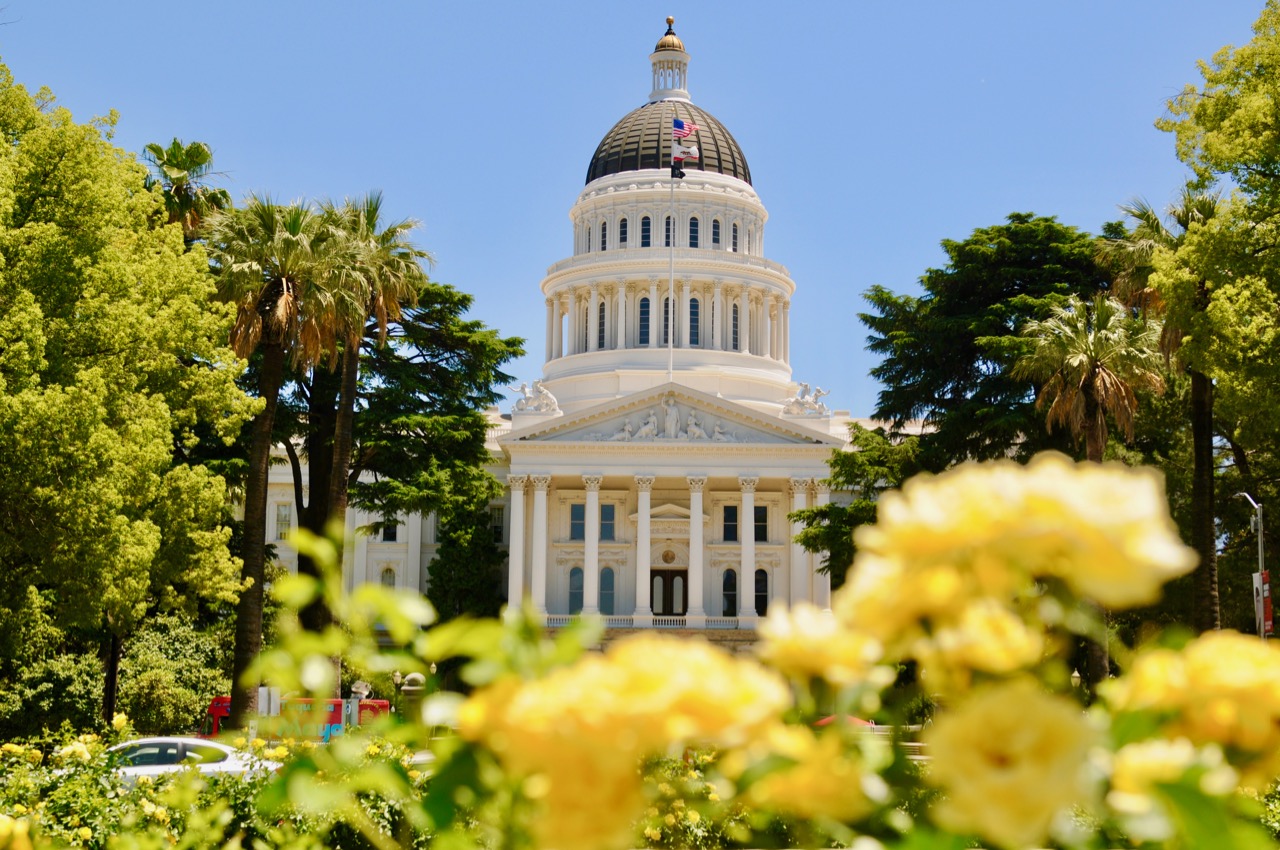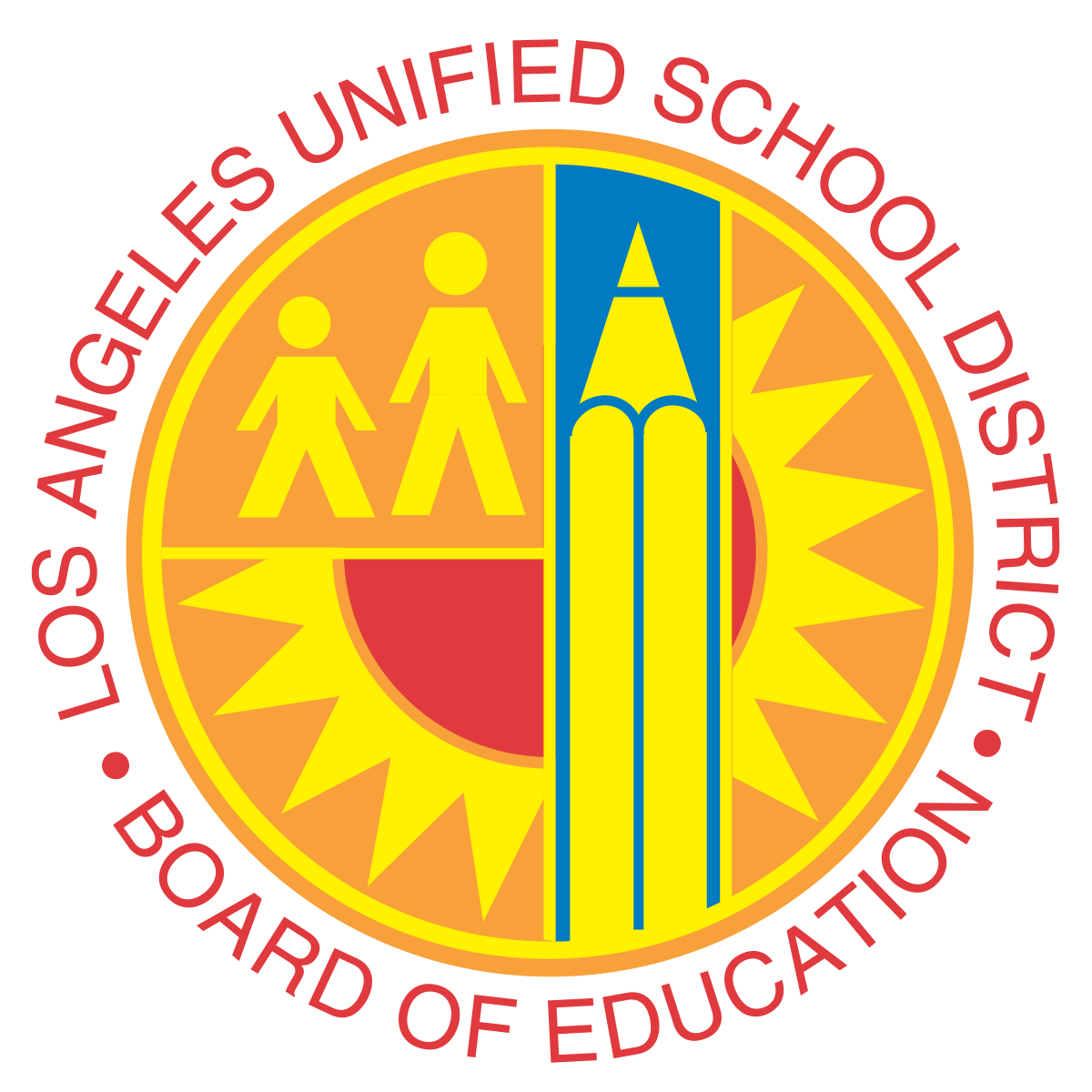
Cesar Chavez 1976. (Photo: Public Domain)
On Cesar Chavez Day Where is the Urgency or Leadership in Turning Around Languishing Schools Named for Heroes?
We have failed dismally to realize his dream for Latino children in the Golden State
By Gloria Romero, March 30, 2023 2:09 am
In just a few days our nation will, once again, honor the legacy of Cesar Chavez, co-founder of the United Farmworkers of America. March 31 is a state holiday in California and state offices will be shuttered–some on Friday and some on Monday. Across the nation, but particularly here in California, tributes will be paid to the man who taught us to organize – a man who was willing to go to jail with the belief that si se puede: yes, it can be done!
In his honor, state, and local governmental offices are closed on this day. Across the nation, we can see the tributes that have been paid to Chavez. Not only do some states celebrate an official holiday on his birthday, but boulevards, parks and libraries have been named in his honor. Schoolchildren read about his life and legacy. While most schools will remain open, students will participate in “service days,” undertaking projects honoring Chavez and the farmworkers who bring food to our tables under the harshest conditions.
His national influence is further observed via the many statues of him which have been erected and his portrait hangs in colleges and universities. I was gifted a beautiful painting of him by California prison inmates in a rehabilitation program (his message of non-violence inspired them to become better men) which hangs on my office wall. A postage stamp with his image is in circulation. Even a bowling alley in Amarillo, Texas bears his name.

The U.S. Navy, where Chavez served, commissioned a ship in his name. President Bill Clinton awarded him the Presidential Medal of Freedom posthumously, and President Obama proclaimed the national headquarters of the UFW in La Paz as a national monument.
So many honors for a man with only an eighth-grade education, yet who inspired us that even the humblest have power and influence and the fortitude to overcome life’s greatest challenges and roadblocks. I had the honor of joining tens of thousands of mourners who accompanied this brave man to his final resting place in California’s breadbasket to the world when his life’s work suddenly ended.
It’s been:
- almost seventy years since the most powerful Supreme Court decision on education: Brown v. Board of Education’s sweeping end to racial segregation.
- decades since Mendez v. Westminster when in 1946, eight years before the landmark Supreme Court decision in Brown v. Board of Education, Mexican Americans in Orange County, California won a class action lawsuit to dismantle the segregated school system and poor learning conditions that existed there.
- some forty years since release of the landmark, “A Nation at Risk,” from the National Commission on Excellence in Education. Intended as a wakeup call, the report declared that “the educational foundations of our society are presently being eroded by a rising tide of mediocrity that threatens our very future as a nation and a people.”
We continue to name schools in tribute to Cesar Chavez. According to a perusal of learning performance outcomes of all California schools, there are some 36 schools named for Cesar Chavez. Yet, overwhelmingly, schools named for Cesar Chavez fail to meet the academic benchmarks established by the state for English and Math proficiency.
In education, we have failed dismally to realize his dream for Latino children in the Golden State. Almost every year I have penned opinion pieces showcasing the continued disparities of educational opportunity and attainment for both African American and Latino students—particularly when we celebrate holidays for Dr. King and Cesar Chavez.
Sadly, since I first advocated for enhanced school choice while a member of the California State Senate, the needle has not affirmatively moved on behalf of Latino students. Consider these California Department of Education facts:
- Overall, the numbers of Latino students enrolled in California’s public education system is 56 % of the state’s 5,892,240 million students.
- Only 36 % met or exceeded state adopted proficiency in English Language Arts (reading, writing, etc.); only 21% in Math.
Clearly, Governor Newsom, Superintendent of Public Instruction Tony Thurmond and the Democratic-controlled California Legislature (many of whom participate in ceremonies and parades and proclaim que Viva Chavez on this holiday) have failed California’s Latino students.
Undoubtedly, every school should excel. But naming a school for a national hero should bear an even greater expectation that all who enter that school should excel.
For example, the Cesar Chavez. Intermediate School in Sacramento—within the shadow of the State Capitol where education policy is debated and decided—only 36% of their students meet or exceed both English Language Arts and Math basic levels of proficiency standards today.
At the Cesar Chavez Elementary School in East Palo Alto, only 26% of students scored at proficiency in reading, and only 17% in Math. While Governor Newsom was advocating for bailouts for the Silicon Valley Bank, he has yet to step up for the children trapped in Silicon Valley failing schools. Of course, his kids don’t attend there.
From north to south, schools named for Cesar Chavez post similar dismal learning outcomes: In Los Angeles County, the Lynwood Cesar Chavez Middle school reveals only 26% of students meet or exceed reading standards, while only 15% reach Math standards.
Certainly, standouts exist. For example, the Cesar Chavez Elementary school in Davis proclaims that 78% of its students meet or exceed proficiency in English and 76% do so in Math. Overall, however, those are the exceptions rather than the rule. Quite frankly, schools named for heroes—be they King or Chavez—have been ceremoniously named but quickly left to languish.
Where is there any sense of urgency or leadership in turning around languishing schools named for heroes? And make no mistake: these dismal learning outcomes cannot just be blamed on COVID. These are chronic—year after year, decade after decade, generation after generation. Like fruit left to rot in the field.
We can no longer simply attend feel-good ceremonial events on a holiday and then allow our children to return to schools named for a national hero while we simply allow educational failure and persistent academic failure to continue. Any school named for Cesar Chavez needs to become truly worthy of bearing his name.
Public education—which consumes almost 50% of the entire California state budget and has done for years—needs not only change, but a complete overhaul. Tinkering with budget formulas is not sufficient. Bowing to the most powerful political interest in California—the California Teachers Association—can no longer be stomached. Handing out gratuitous pay raises to workers on strike while doing nothing to turnaround too many of the contracts that perpetuate and cover up dismal conditions for kids in too many California schools will never overcome these severe educational shackles.
Last year, I was proud to partner with former U.S. Ambassador Ric Grenell in seeking to advance education opportunity scholarships for the most impacted California students and I look forward to moving this agenda forward once again. Across the nation, parents are mobilizing for school choice and to truly be the architects of our children’s educational futures. Why not California? Why not start with the very schools named for heroes, like Cesar Chavez or Dr. Martin Luther King, Jr.?
Rather than Gov. Newsom bloviating about slavery reparations, the greatest slavery-remnant shackle he can break to set not only African Americans free, but Latino and all students, is to break the chains of a cycle of education failure we have witnessed in California by embracing school choice and Opportunity Scholarships which will lead to education—finally–becoming a true key unlocking the American Dream.
Cesar Chavez, whom I had the honor to know, inspired us to act – to change our nation for the betterment of all. This year let’s stop the parades and banquets and all the lip service we have paid to Cesar Chavez to focus on the tragedy of what has happened to our students—predominantly Latino–in the very schools named to honor him.
To honor Chavez, let’s have the courage to take on vested status quo interests who prioritize our schools serving as a public works program rather than a public education system. Certainly, si se puede!
- Why Are Schools Named for Cesar Chavez Overwhelmingly Failing to Meet California Academic Benchmarks - March 24, 2024
- Movement of the People: Latinos Pave the Way for a New Viva Trump ‘Trans-partyism’ - March 17, 2024
- Martin Luther King Would be Distressed with California’s Failing Schools - January 13, 2024





My friends and I never ate so many grapes as when SEE-zur chuh-VEZ started a boycott of them. CC was a power-hungry bully and egomaniac. The ONLY reason he didn’t like illegal immigration is so he could get everyone forcibly into HIS union, pay HIM union dues, and further HIS “cause.” When he died, our state was a little brighter.
I think a-lot of Californians would be very surprised to know the true history of Cesar Chavez. He was a labor leader far more than the Chicano or Latino activist people think he was – and the Chavez family has vigorously fought to suppress his diary and personal papers. He would go down to the border with his cousin Manuel and actually beat migrants up! Miram Pawel’s biography of Chavez is quite good and worth reading. I have no problem with farmworkers organizing and trying to get a better deal – but in the 60’s with all the Vietnam war propaganda, that was labeled “communist.”